
Azerbaijan’s electric power industry is ready for reforms
Electricity in Azerbaijan is produced mainly by thermal power plants operating on natural gas, with a small amount produced by hydroelectric power plants. Renewables account for less than 1%. As the amount produced exceeds domestic demand, the surplus electricity can be exported to neighbouring countries.
According to the latest data from the State Statistical Committee of the Republic of Azerbaijan, the country produced 24.3 billion kW/h of electricity in 2017, 23.1 billion kW/h of which was used for domestic demand and 1.3 billion kW/h of which was exported. The largest consumer of electricity in the country was the residential sector.
However, despite its large generating potential, losses in the energy transmission system remain high and there are failures. The 2016 Roadmap for Utilities Development set a goal to reduce losses from 8.5% to 7% in Baku and from 12% to 8% in the regions of the country by 2020 (in comparison the average loss rate in EU Member States is 5-6%).
Moreover, the entire system is under the jurisdiction of the state and relies on government subsidies, which cannot be considered an effective model. For Azerbaijan’s electric power sector to become stable and financially independent, major reforms are needed.
Work in this direction is being carried out within the framework of the EU4Energy programme, which is aimed at helping Azerbaijan to reform its energy sector and develop a sustainable energy policy. The programme, which has a budget of EUR 21 million, is funded by the European Union (EU) and is due to run until 2020.
Under the EU4Energy programme, the European Commission’s Technical Assistance and Information Exchange Instrument (TAIEX) promotes the exchange of best practices between the EU and its partner countries, including approximating the local laws with European legislation in area of common interest.
Expert-level meetings take place in Baku from time to time as a part of this cooperation. The last one was held in January 2019, within the framework of the TAIEX mission.
A two-day seminar for specialists of agencies that are working with the electric power industry was held in cooperation with the Ministry of Energy of the Republic of Azerbaijan. The seminar focused on energy sector reforms, including the options for establishing an electricity market in the country. It looked at the issue of introducing competition in generation and supply, and regulation of networks based on a number of models that were applied in Europe.
Why reforms are needed
Tom Maes, an expert from TAIEX and a chief adviser at the Commission for Regulation of Electricity and Gas Markets (Belgium), says that reforming the electricity sector in Azerbaijan would allow for substantially less reliance on state subsidies. These subsidies could then be used to develop other key sectors.
“The introduction of market rules will help to attract foreign investors, since the modernisation of the entire electric power system is a costly business. This is especially important for attracting Western investors who are familiar with free market rules.”
According to Maes, such reforms should result in an increase in the quality of services for the citizens of Azerbaijan, with an uninterrupted supply of electricity and a stable voltage level.
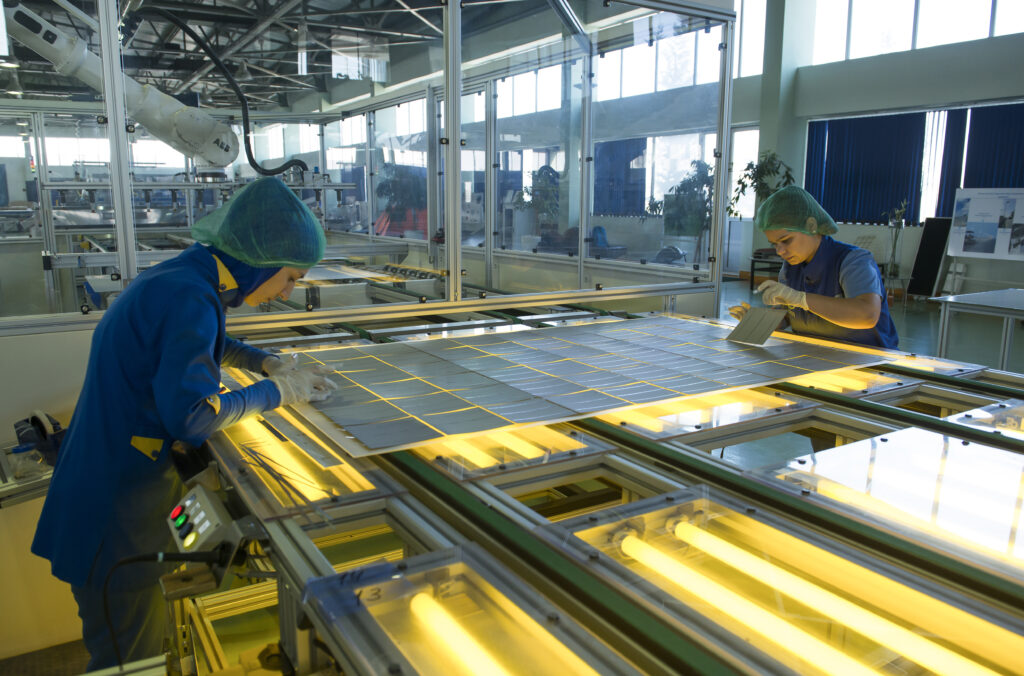 Solar panels manufacturing in Azerbaijan
Solar panels manufacturing in Azerbaijan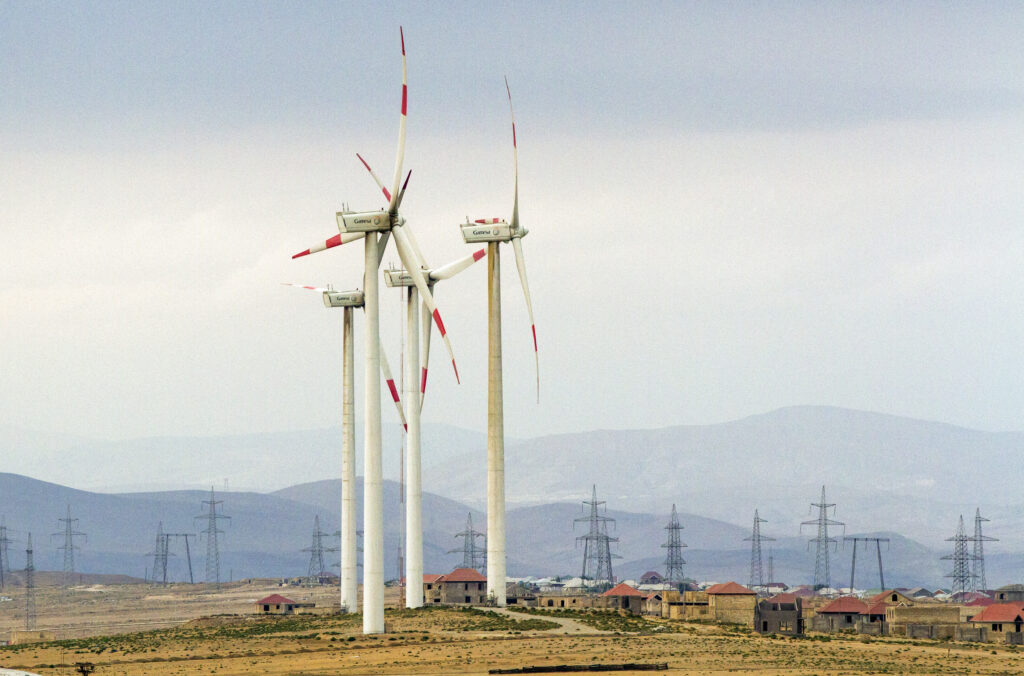 Wind turbines in Azerbaijan
Wind turbines in Azerbaijan
What European partners recommend
Based on the experience of other European countries, TAIEX experts recommend that Azerbaijan clearly defines the goals and objectives of the desired reforms, chooses an acceptable model for the electricity market, carefully plans a transition period and acts in stages.
European experts consider the division of energy activities along the entire chain – production, transmission, distribution and sale – to be an important element of any reform, along with the introduction of market-contractual relations between the stages.
“European legislation states that the presence of a transmission system operator, fully independent from generation and supply followed up by separation of distribution from supply is a mandatory precondition for the creation of a market,” says Rozeta Karova, a leading lawyer at the Energy Community Secretariat (Austria), who also visited Baku as part of the TAIEX mission.
According to experts, Azerbaijan currently has a vertically-integrated governance structure in the electrical power sector, which implies a state monopoly and a lack of competition. Power generation and transmission are handled by Azerenerjy, while Azerishiq is responsible for its distribution and sale. Both are state-owned companies.
Expert Tom Maes believes that it is impossible to exclude an option in which the separation of activities occurs, but the system remains under state control. Then each of the state-owned companies must be subordinate to individual ministries.
Based on the EU’s experience, experts see the creation of an independent energy regulatory body as an essential part of any reform. In Azerbaijan, such a regulator was established in December 2018.
“The fact that Azerbaijan has already established a regulatory body, and is developing a law on the regulator, is a very important step in the implementation of energy reforms,” Karova says.
“Although the current regulator is not independent in line with the requirements of EU legislation, this is acceptable,” she adds. “The most important thing is to carefully define the tasks and competencies of this new agency, so that it has the right to take binding decisions and come up with recommendations.”
According to Vagif Nasibov, a national Azerbaijani expert for the EU4Energy project with over 40 years of experience, the energy regulator created in Azerbaijan is under the jurisdiction of the Ministry of Energy because the country does not have enough experience in the effective implementation of the functions of an independent regulator.
“When the law on the regulator is adopted, it will prescribe all the functions, rights and obligations of the new body,” he says. “Ideally, the regulator’s decisions should not be challenged by either the government or energy companies, only the court authority should be able to do this.”
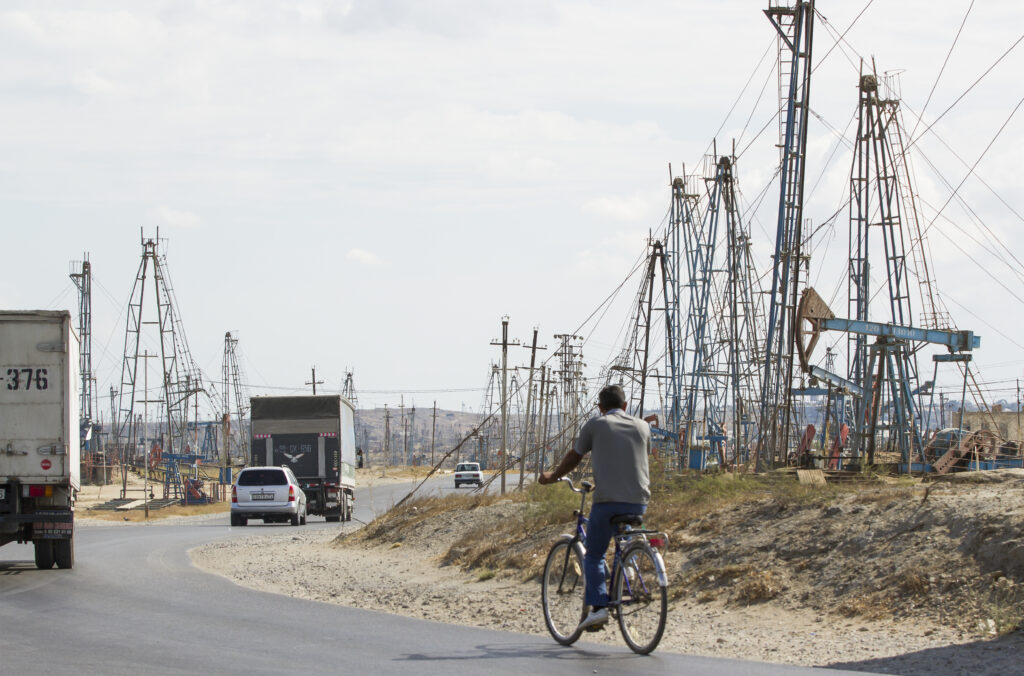 Oil derricks, Azerbaijan
Oil derricks, Azerbaijan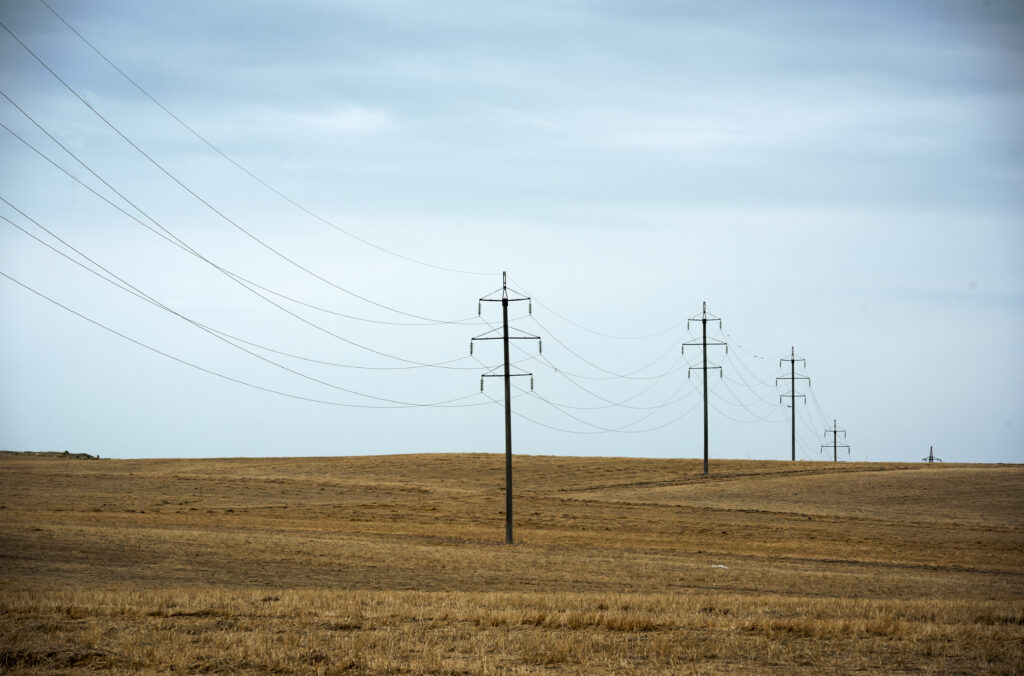 Azerbaijan
Azerbaijan
A suitable model for Azerbaijan
Taking into account the nuances of the Azerbaijani electricity sector, TAIEX experts believe that the experience of Ireland and the Baltic States could be useful reference points for the country.
“Even though Azerbaijan cooperates with neighbouring countries, it has a rather isolated electricity system and relies mainly on its own resources when it comes to electricity production,” says Märt Ots, Director General of the Estonian Competition Authority and one of the TAIEX experts. “Ireland is also not synchronised with other EU Member States and it represents an isolated system.”
According to Ots, the most difficult thing during the transformation period for Ireland was to develop and implement a synchronised electrical system, and if necessary, to rely solely on its own resources. The expert believes that Azerbaijan has a similar situation.
Azerbaijan is linked to the Baltic countries – Estonia, Latvia and Lithuania – by a common Soviet past and, accordingly, has similar management systems for strategic production sectors. The main task of the Baltic States was to open their markets through step-by-step reform processes.
“We [Estonia] managed to create a successfully functioning market and significantly improve the efficiency of the entire electric power system, while the entire infrastructure remained in the hands of the state,” Ots says. “In this sense, our experience can be useful for Azerbaijan.”
Rozeta Karova believes that it would be more useful for Azerbaijan not to follow the specific model of a particular EU country, but to study EU legislation in the field of market liberalisation, starting from the very foundations. However, she advises caution as not all the goals that EU countries had are relevant for Azerbaijan, or necessary for the country at this stage. It should in particular avoid a single buyer model, which has proven as not successful in Europe, and should rather develop bilateral markets model at wholesale level followed by potentially gradual opening of the retail market.
The risks for Azerbaijan
Vagif Nasibov feels that there is no need to talk about risks in the transition to open market relations in the electricity sector.
“One of the points of the Azerbaijani Constitution says that the country’s economy should be based on market principles,” he says. “We should not be afraid of reforms. They bear no risks. On the contrary, the risks are high now, when there is no effective model for the functioning of the electricity sector in the country.”
“With the availability of natural resources and the country’s generating capacity, it is unacceptable that the whole of Azerbaijan experienced a serious power outage for two days last year,” he adds, referring to the consequences of an explosion that occurred at the power plant in Mingachevir, which cut off the supply of electricity to Baku and other major cities. This caused the transportation system to fail, with numerous people trapped in subway tunnels. The two days of downtime also led to huge losses for large companies and the state.
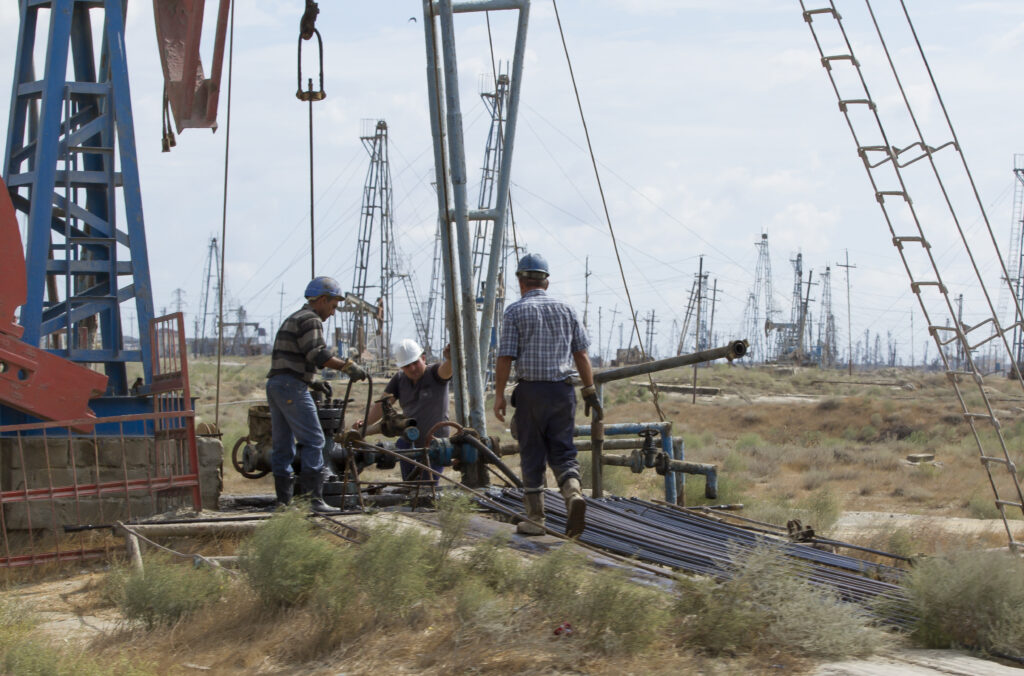 Oil derricks, Azerbaijan
Oil derricks, Azerbaijan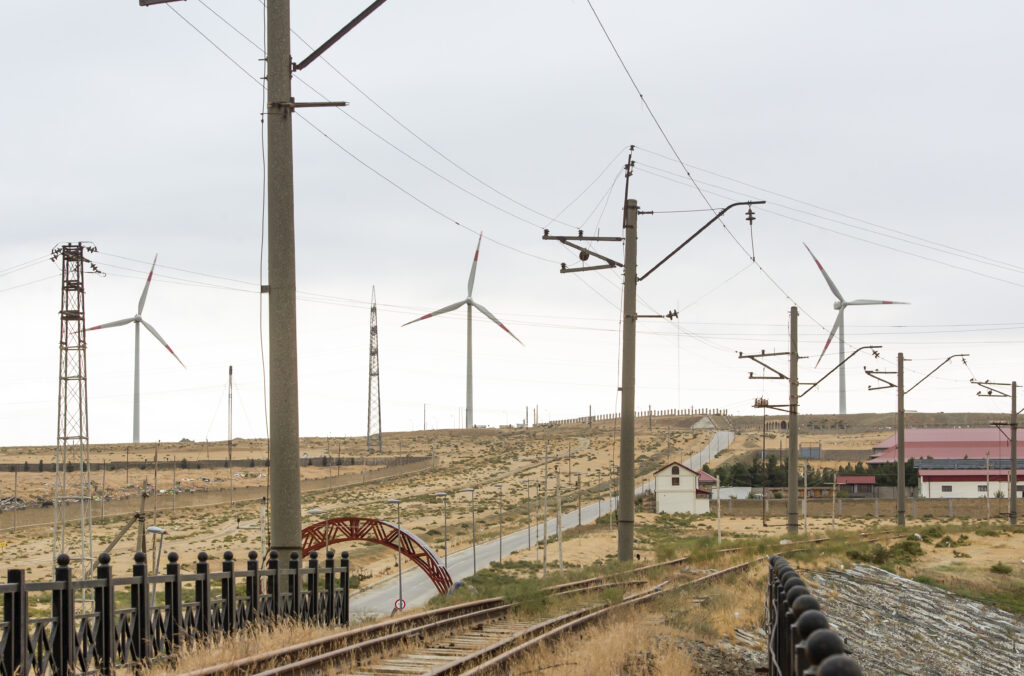 Azerbaijan
Azerbaijan
With proper implementation of the reforms, Nasibov is convinced that the transition to an open market is unlikely to result in increased costs for consumers. “New technologies that will come to the country should reduce costs, specific fuel consumption and network losses,” he says. “There is no reason to talk about raising tariffs, because effective technologies are designed to reduce excess costs.”
A major reform of the electricity market in Azerbaijan could help attract foreign investment, ensure the sustainability of the sector, modernise the entire electricity infrastructure, ensure efficient use of resources, ensure security and reliability of supply, and protect against tariff increases.
The transition period from one management model to another can take up to 20 years. The sooner we start, the sooner we will get results.
Author: Yelena Ostapenko
MOST READ
SEE ALSO
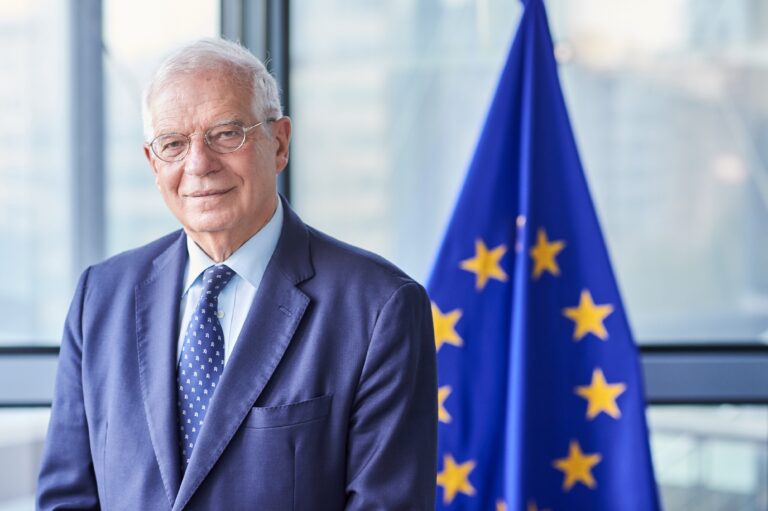
No, time is not on Russia‘s side

I have no regrets: the Azerbaijani women trained to clear mines
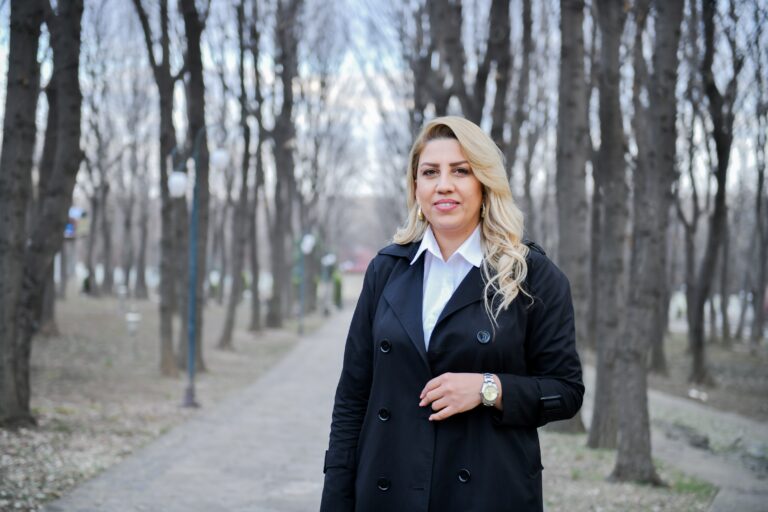
Turning a hobby into business: how Vusala Akhmadova from Tovuz helps women and children develop

Be one step ahead of a hacker: check simple cybersecurity tips!

A chance for a better life: restoring justice for people with disabilities in Azerbaijan
More campaign pages:
Interested in the latest news and opportunities?
This website is managed by the EU-funded Regional Communication Programme for the Eastern Neighbourhood ('EU NEIGHBOURS east’), which complements and supports the communication of the Delegations of the European Union in the Eastern partner countries, and works under the guidance of the European Commission’s Directorate-General for Neighbourhood Policy and Enlargement Negotiations, and the European External Action Service. EU NEIGHBOURS east is implemented by a GOPA PACE-led consortium. It is part of the larger Neighbourhood Communication Programme (2020-2024) for the EU's Eastern and Southern Neighbourhood, which also includes 'EU NEIGHBOURS south’ project that runs the EU Neighbours portal.

The information on this site is subject to a Disclaimer and Protection of personal data. © European Union,







